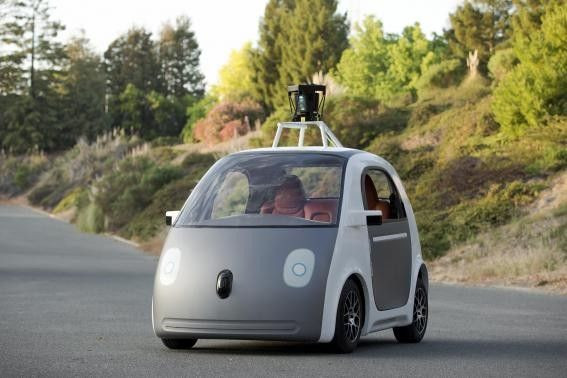Consumers Are Not Very Confident About Their Safety In ‘Self Driving Cars’: Research

Reports on Google’s plans to launch its ‘Driverless car’ are already rife. A vague analysis of the recent events at Google, gives an impression that Google is aggressively pushing its strategies to materialize its ‘Driverless Car’ project. While self driving cars are seen as the next big development in the auto industry, it is also important to know, if consumers are willing to accept this change.
A recent study conducted by researchers Brandon Schoettle and Michael Sivak from the University of Michigan Transportation Research Institute, reveals that consumers prefer to have full or some control over their cars. The research was conducted on 505 respondents who were over the age of 18 years and 52.9 percent of the respondents were females.
The research on acceptable levels of vehicle automation done by Schoettle and Sivak revealed that 43.8 percent of respondents preferred no self-driving features, whereas, 40.6 percent of the respondents expressed that they would prefer partially self-driving features. Surprisingly, only 15.6 percent respondents said, they would prefer completely self driving vehicles, reports AutoGuide.com.
A part of the study also covered about the concern level consumers might have while driving a driverless car. In this part of the study, 35.6 percent of the total respondents said that they would be very concerned, while only 10.9 percent expressed that they would not be concerned at all.
As far as partially self driving cars are concerned, 14.1 percent of respondents revealed that they would be very concerned, 34.7 percent of them said they would be moderately concerned, 35 percent expressed they would be slightly concerned and the remaining 16.2 percent were not at all concerned, reports Digital Trends. The publication also mentioned that, they would prefer taking manual control over their vehicle and would want the self driving car to have a steering wheel, brakes and throttle.
According to the AutoGuide.com report, this is for the second time a study of the same kind has been conducted and the results on the levels of concern for boarding on completely self driving cars has been relatively consistent. It means consumers’ perception about the safety in driving self driving cars still remains largely unchanged.
(For feedback/comments, mail the writer at pragyan.ibtimes@gmail.com)





















